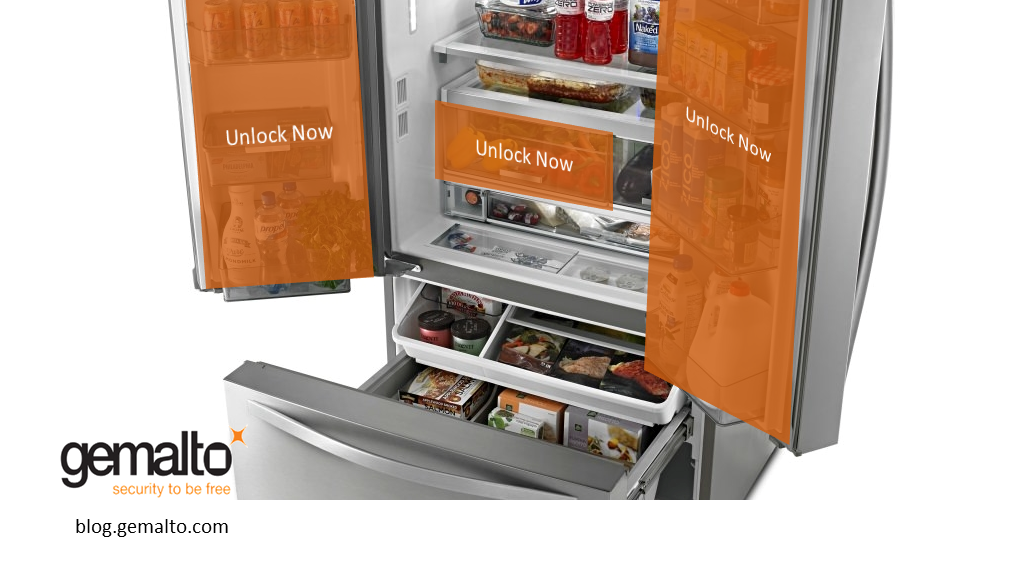
Here at Mobile World Congress there’s been an interesting thread of debate around the Internet of Things. The thinking goes that the IoT will only really take off once the next-gen standard is available to connect city infrastructure, homes, cars, and everything in between all at once.
People point to this year’s hottest topic Virtual Reality as a case in point, a 3-minute VR video file comes in at around 300 MB which will tax existing networks to deliver.
Yet, what if we didn’t have to wait for a new generation of connectivity to unlock the IoT? What if we just had to rethink how we go about building the hardware and providing on-going support that will power the IoT instead? Its always-on nature has opened up a new way of doing business, that could bring more objects online now than having to wait.
Let’s take the often ridiculed smart fridge. What if, instead of building a range of fridges at different price-points tied to certain feature sets, you just built the perfect fridge. This comes with Wi-Fi connectivity, a screen for building shopping lists, the ability to know what’s inside and alter temperature accordingly, it will instantly re-stock items, and has a handy ice dispenser on built-in.
Now, you sell this one type of fridge to all your customers, and they choose which features they want, which affects the price they pay. And if they want to unlock new features, they simply pay for them and a software key opens up the feature. Plus, with embedded connectivity, you can monitor the fridge and be notified if any part is malfunctioning, allowing you to send a repairman to the customer before the fridge completely fails. And if the fridge was used in a restaurant, you could even introduce a payment model where the owner pays on a usage model instead of laying out the total cost upfront.
This new model, using software monetization as part of the IoT, can easily be applied to medical devices, industrial machines, smart home devices and anywhere connected devices help people. A school could use this model to have a new printer, a farmer a new harvester, or an office an upgraded server. The IoT is helping us bring connectivity to new areas, and by thinking intelligently about how vendors can bring the IoT values to users with smart business models, we’ll reach the next level!
If you’re interested in hearing more, and are at MWC this week, come and see us at our booth in Hall 5 Stand 5A80!


